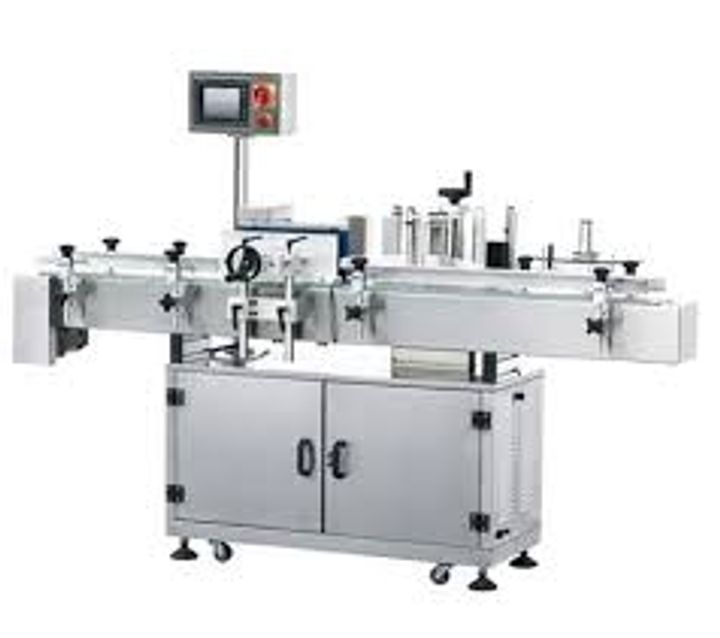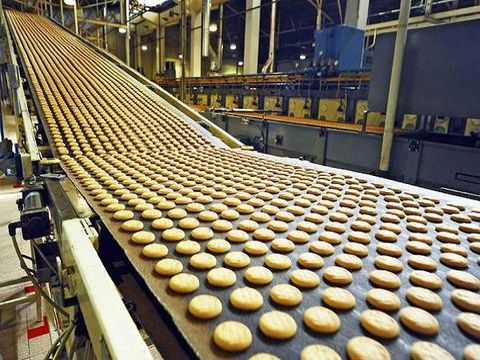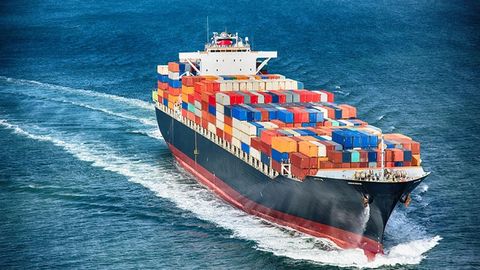
The Comprehensive Guide to Labelling Machine
Labeling machines play a critical role in modern packaging and manufacturing industries. These machines are designed to apply labels to products, packages, or containers efficiently and accurately. Whether you’re labeling bottles, boxes, or other items, choosing the right labeling machine can enhance your production line’s speed and precision. This guide explores the types of labeling machines, their features, and tips for selecting the perfect one for your needs.
1. Why Use Labeling Machines?
Increased Efficiency: Automates the labeling process, reducing manual effort and saving time.
Consistency and Accuracy: Ensures uniform label placement, improving product presentation.
Cost-Effectiveness: Reduces labor costs and minimizes waste from misaligned or damaged labels.
Versatility: Suitable for various industries, including food and beverage, pharmaceuticals, and cosmetics.
2. Types of Labeling Machines
Automatic Labeling Machines
Description: Fully automated systems that apply labels without manual intervention.
Best For: High-speed production lines and large-scale operations.
Semi-Automatic Labeling Machines
Description: Require some manual assistance but automate most of the labeling process.
Best For: Small to medium-sized businesses or operations with moderate labeling needs.
Manual Labeling Machines
Description: Operated entirely by hand, ideal for low-volume production.
Best For: Startups or businesses with limited labeling requirements.
Wrap-Around Labeling Machines
Description: Designed to apply labels around cylindrical containers like bottles and jars.
Best For: Beverage, pharmaceutical, and cosmetic industries.
Flat Surface Labeling Machines
Description: Apply labels to flat surfaces such as boxes, bags, or pouches.
Best For: Food packaging, electronics, and retail industries.
Print-and-Apply Labeling Machines
Description: Print labels on demand and apply them to products in one seamless process.
Best For: Applications requiring variable data, such as barcodes or batch numbers.
3. Key Features to Consider in a Labeling Machine
Labeling Speed: Match the machine’s speed to your production line’s capacity.
Accuracy and Precision: Ensure precise label placement to maintain product quality.
Ease of Operation: Look for user-friendly interfaces and simple maintenance requirements.
Compatibility: Ensure the machine supports various label sizes, shapes, and materials.
Durability: Opt for machines made from high-quality materials to withstand continuous use.
4. How to Choose the Right Labeling Machine
Follow these steps to find the ideal labeling machine for your business:
Define Your Needs: Identify the type of products and labels you’ll be working with.
Assess Production Volume: Choose a machine that matches your production capacity.
Set a Budget: Consider both initial costs and long-term maintenance expenses.
Test the Machine: If possible, test different models to evaluate performance and ease of use.
Check for Support and Warranty: Ensure the manufacturer provides technical support and warranty coverage.
5. Tips for Operating and Maintaining Labeling Machines
Regular Cleaning: Keep the machine clean to prevent dust or adhesive buildup.
Inspect Components: Check rollers, belts, and sensors regularly for wear and tear.
Calibrate for Accuracy: Periodically calibrate the machine to ensure precise label placement.
Use Quality Labels: Invest in high-quality labels to avoid jams or misalignment.
Train Operators: Provide proper training for operators to maximize efficiency and minimize errors.
Conclusion
Labeling machines are essential for streamlining the packaging process, ensuring product consistency, and enhancing overall productivity. By understanding the different types and features of labeling machines, you can make an informed decision that meets your business needs. Start exploring your options today and take your packaging operations to the next level!










